Milky Way
Latest
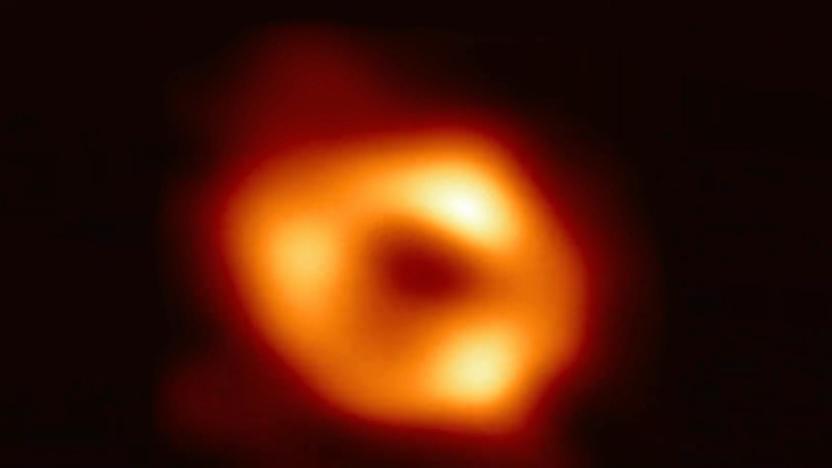
Scientists reveal first image of the black hole in the center of our galaxy
Scientists have captured the first image of the black hole at the center of the Milky Way.
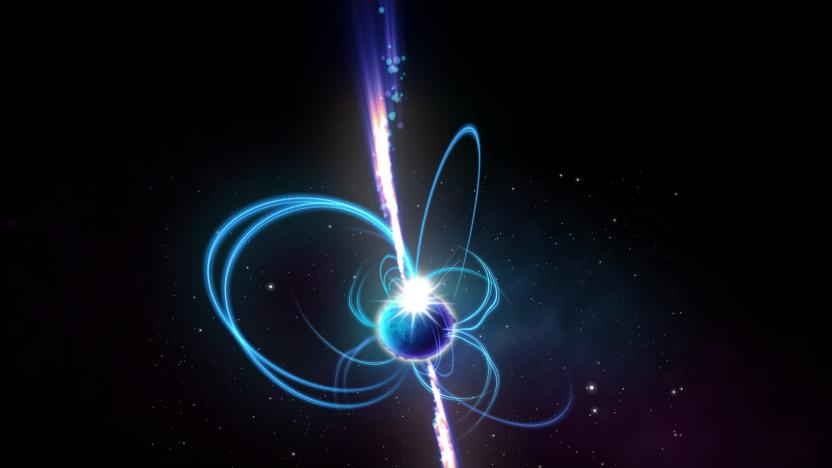
Strange Milky Way object sends radio bursts a minute at a time
A strange object in the Milky Way galaxy is sending radio bursts a minute at a time, and it's not necessarily a neutron star.
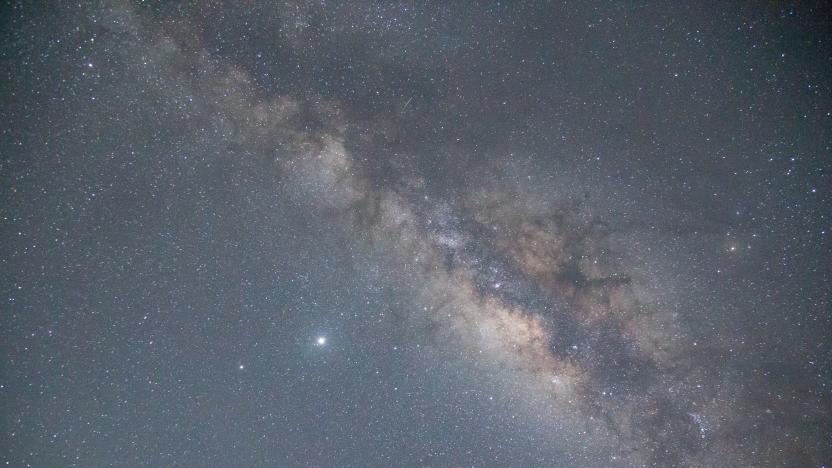
Scientists found an Earth-sized ‘rogue’ planet in the Milky Way
Scientists have discovered what they say could be the smallest free-floating planet ever detected.

Astronomers believe the young Milky Way once swallowed a dwarf galaxy
Astronomers believe they've mapped an important sequence of events that shaped our galaxy 10 billion years ago. In a paper published in Nature Astronomy today, researchers from the Instituto de Astrofisica de Canarias (IAC) share their findings that a dwarf galaxy, Gaia-Enceladus, once collided and merged with the early Milky Way. Their discovery offers a new understanding of how the Milky Way formed.

This galaxy without dark matter is bending the rules of space
The complexities of space are pretty mind-boggling, but there are a handful of accepted theories on which scientists base their research. Space is a vacuum, for example, while a light-year is about 5.88 trillion miles. So researchers at Yale University were understandably shocked when they discovered that one long-held theory might not be right. For years, science has assumed galaxies and dark matter go hand in hand. Now, a galaxy has been discovered that's almost completely devoid of it.
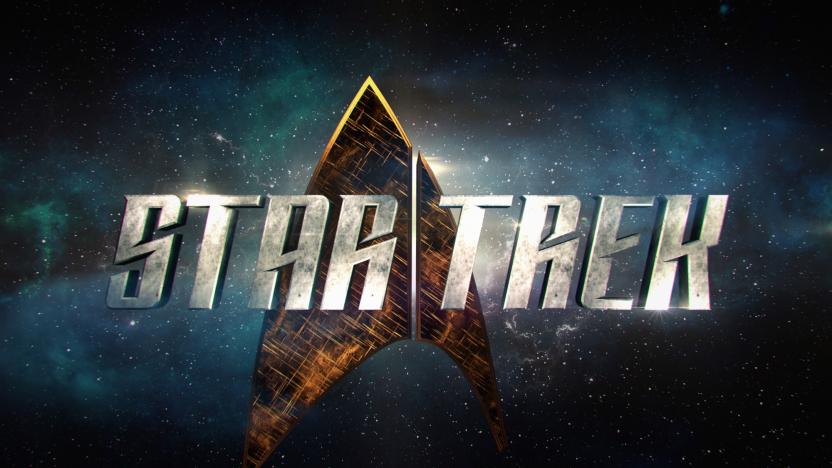
After Math: The final frontier
We saw some significant developments in the field of space exploration this week. Jeff Bezos unveiled his latest heavy lift rocket. The Gaia satellite has mapped its billionth Milky Way star. China launched another piece of its Heavenly Palace into orbit. And Galaxies just can't seem to stop exploding. Numbers, because how else are you going to accurately measure your insignificance against the infinite voids of space?

A third of the world can no longer see the Milky Way
If you never thought light pollution was a problem before, think again. New research claims that more than a third of humanity cannot see the Milky Way anymore, because artificial lights have made the night sky too bright to view the galaxy.
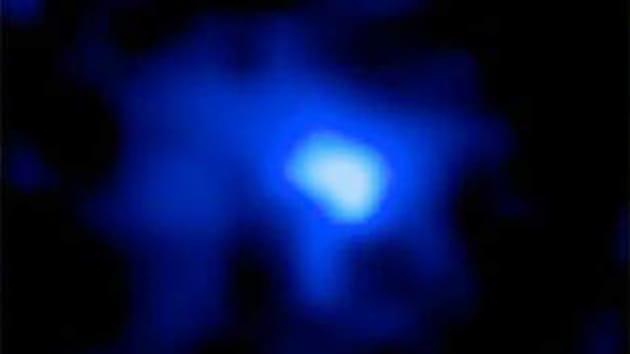
Researchers find new 'most distant' galaxy in the universe
Peering through the voids of space is a lot like time travelling: the deeper we gaze into a seemingly endless Universe, the further back in time we can see. Now, a team of researchers led by astronomers from Yale University and UC Santa Cruz have announced that they've discovered the most distant galaxy to date. In fact, the galaxy, known a EGS-zs8-1, is so ludicrously far from Earth that light just now reaching us from it is about 13 billion years old. To put that in perspective, the Universe itself is 13.8 billion years. That means this galaxy began forming stars when the Universe was only 5 percent of its current age -- barely 670 million years after big banging into existence.

Our entire Milky Way galaxy is just a dot in this supercluster
Ready to feel small? Our sun is just one of 300 billion stars in the Milky Way galaxy, which itself is one of many, many other galaxies -- but at least we now know where it is. Astronomers have mapped a "supercluster" of galaxies including the Milky Way and dubbed it Laniakea, or "immeasurable heaven" in Hawaiian. Using several radio telescopes, the team calculated the movement of nearby galaxies relative to each other, after taking into account cosmic expansion. They chose the supercluster boundary based on that motion, since galaxies tend to flow along the same paths toward common gravitational wells. Lanaikea was defined based on its flow toward the "Great Attractor," along with another supercluster called Perseus-Pisces. As shown in the stunning video below, our own insignificant galaxy is on a prominent flow path in Laniakea, right at the edge of a massive void.

Visit every system in the Milky Way in Elite: Dangerous
Well kiss our cultured grits: We've now lived to see the day in which the New Yorker has devoted an article to an MMO. The magazine commented on the techniques that Elite: Dangerous is using to map out its replication of the Milky Way. Lead Developer David Braben said that he is using actual astronomy to map out the in-game galaxy: "I wanted to make the galaxy as accurate as possible so that the results of that exploration would make sense to people. In the game, every single star in the real night sky is present, some hundred and fifty thousand of them, and you can visit each one." Braben and his team drew from sky surveys and utilized procedural techniques to fill out sketchier sections that aren't as well-known. He said that the team had to add space dust to mimic the actual dust in space that obscures our view of much of the Milky Way.

9-gigapixel image of the Milky Way reminds us just how small we truly are
They say a picture is worth a thousand words, but this just leaves us speechless. Pictured above is a compressed 108,500 x 81,500 pixel image of 84 million stars across central parts of the Milky Way. Taken by the VISTA survey telescope at the ESO's Paranal Observatory in Chile, this 9-gigapixel photo is the result of thousands of individual images being meshed together. If it were printed out at the average resolution of a standard book it would measure a mind-boggling 9 x 7 meters. Using three separate infrared filters, VISTA is able to see through dust fields that normally obscure the view of an optical telescope. By studying this monumental image, astronomers hope to gain a better understanding of how galaxies form and evolve. If you'd like to take a look at this galactic work of art in its entirety, you can do so by visiting the source link below. (Image credit: ESO/VVV Consortium)

Hubble reveals unavoidable collision between our galaxy and Andromeda
The Hubble team over at NASA has confirmed what it's suspected for a while: that our galaxy is destined for a direct collision / love fest with Andromeda, culminating in the birth of "Milkomeda." But don't go lobbying Virgin Galactic for ring-side tickets just yet because the fireworks won't go off for another four billion years -- and last another two billion after that. Scientists also predict that the earth won't be threatened thanks to the sheer amount of empty space between stars, but we could lose the sun as its flung out to some other part of the new system. You hear that? We could lose the freakin' sun!!

European Space Agency creates one billion pixel camera, calls her GAIA
When we hear the name GAIA, our memory automatically zooms back to the Whoopi Goldberg-voiced Mother Earth from Captain Planet. This isn't that GAIA, but it does have to do with planets. Back at the turn of the millennium, the European Space Agency devised an ambitious mission to map one billion stars in our Milky Way galaxy -- in 3D (insert Joey Lawrence 'whoa!'). To do this, it enlisted UK-based e2v Technologies and built an immense digital camera comprised of 106 snugly-fit charge coupled devices -- the largest ever for a space program. These credit card-shaped, human hair-thick slabs of silicon carbide act like tiny galactic eyes, each storing incoming light as a single pixel. Not sufficiently impressed? Then consider this: the stellar cam is so all-seeing, "it could measure the thumbnails of a person on the Moon" -- from Earth. Yeah. Set to launch on the Soyuz-Fregat sometime this year, the celestial surveyor will make its five-year home in the Earth-Sun L2 Lagrange point, beaming its outerspace discoveries to radio dishes in Spain and Australia -- and occasionally peeping in your neighbor's window.










